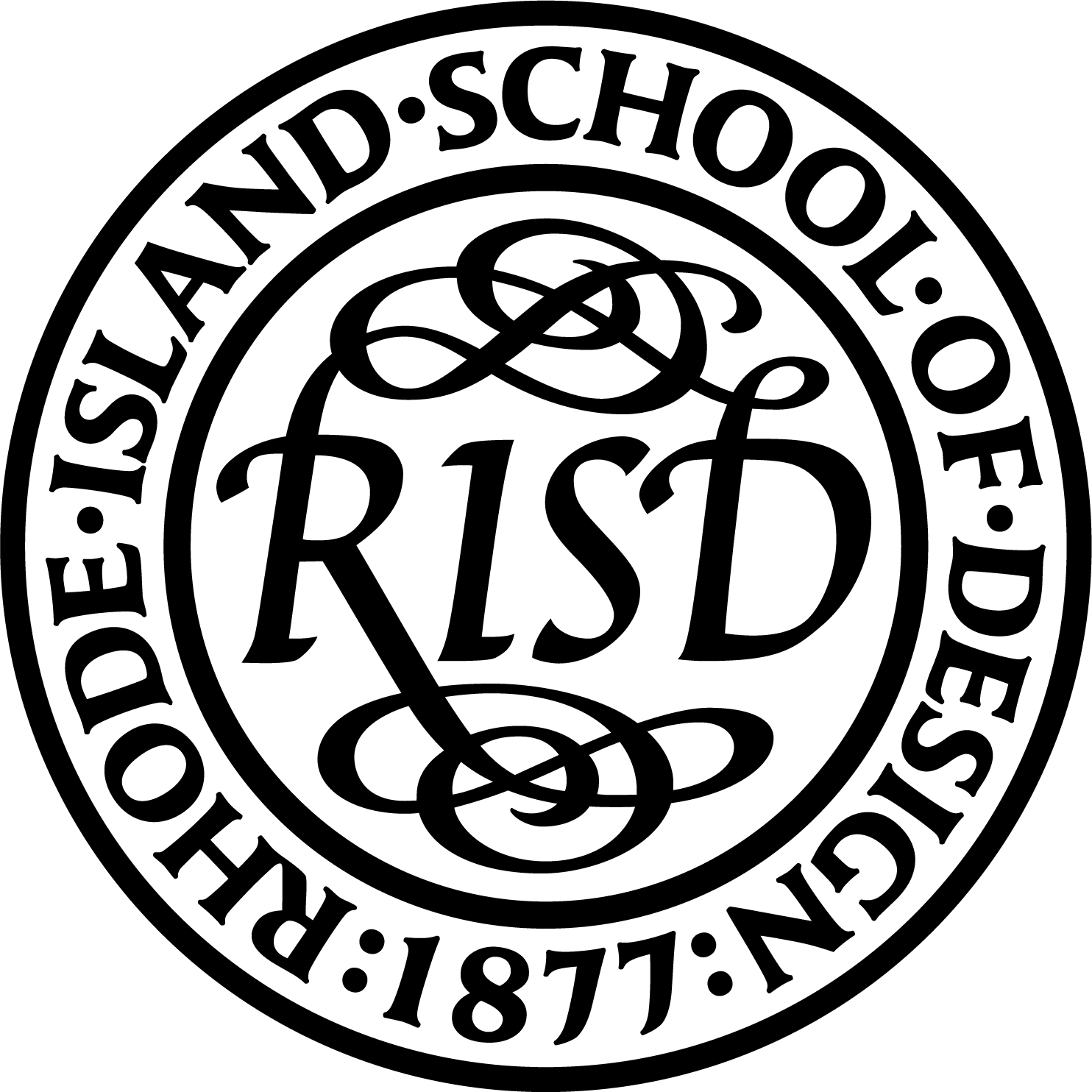Bio-Fabric



︎ Creator:
Mei Zheng
︎ Supervisors: Jennifer Bissonnette & Peter Yeadon
Fast fashion “offers consumers an opportunity to buy more clothes for less,” and with that, textile industries create many environmental health hazards that both affect marginalized communities of color and garment workers (often women of color).1 Additionally, “8,000 synthetic chemicals are being used to turn raw materials into textiles,” as a part of textiles production, and are then discharged into our waterways.2 Hence, this six-week study explores the potential of gelatin-based bio-resins in creating sustainable and regenerative relationships that target textile waste and fast fashion.
The project started with making natural dye pods that could form a bio-textile, to create a regenerative cycle where the pods could be removed, dissolved, and used as a natural dye bath for repurposing clothing. This led to a series of natural dye explorations with turmeric, red cabbage, beets, red onion skins, and butterfly pea tea.
The study then explored using a bio-resin to join fabric scraps, which led to an exploration of aesthetics, joinery, properties, and conversations targeting textile waste and fast fashion. For wearability, more glycerin was used to create a more flexible and means to join the fabric scraps.
1) Schoenherr, Neil. “How Fast Fashion Hurts Environment, Workers, Society - The Source - Washington University in St. Louis.” The Source, 11 Nov. 2020, https://source.wustl.edu/2019/01/how-fast-fashion-hurts-environment-workers-society/
2) “Fashion: The Thirsty Industry.” Good On You, 23 Jan. 2019, https://goodonyou.eco/fashion-and-water-the-thirsty-industry/
︎ Supervisors: Jennifer Bissonnette & Peter Yeadon
Fast fashion “offers consumers an opportunity to buy more clothes for less,” and with that, textile industries create many environmental health hazards that both affect marginalized communities of color and garment workers (often women of color).1 Additionally, “8,000 synthetic chemicals are being used to turn raw materials into textiles,” as a part of textiles production, and are then discharged into our waterways.2 Hence, this six-week study explores the potential of gelatin-based bio-resins in creating sustainable and regenerative relationships that target textile waste and fast fashion.
The project started with making natural dye pods that could form a bio-textile, to create a regenerative cycle where the pods could be removed, dissolved, and used as a natural dye bath for repurposing clothing. This led to a series of natural dye explorations with turmeric, red cabbage, beets, red onion skins, and butterfly pea tea.
The study then explored using a bio-resin to join fabric scraps, which led to an exploration of aesthetics, joinery, properties, and conversations targeting textile waste and fast fashion. For wearability, more glycerin was used to create a more flexible and means to join the fabric scraps.
1) Schoenherr, Neil. “How Fast Fashion Hurts Environment, Workers, Society - The Source - Washington University in St. Louis.” The Source, 11 Nov. 2020, https://source.wustl.edu/2019/01/how-fast-fashion-hurts-environment-workers-society/
2) “Fashion: The Thirsty Industry.” Good On You, 23 Jan. 2019, https://goodonyou.eco/fashion-and-water-the-thirsty-industry/




